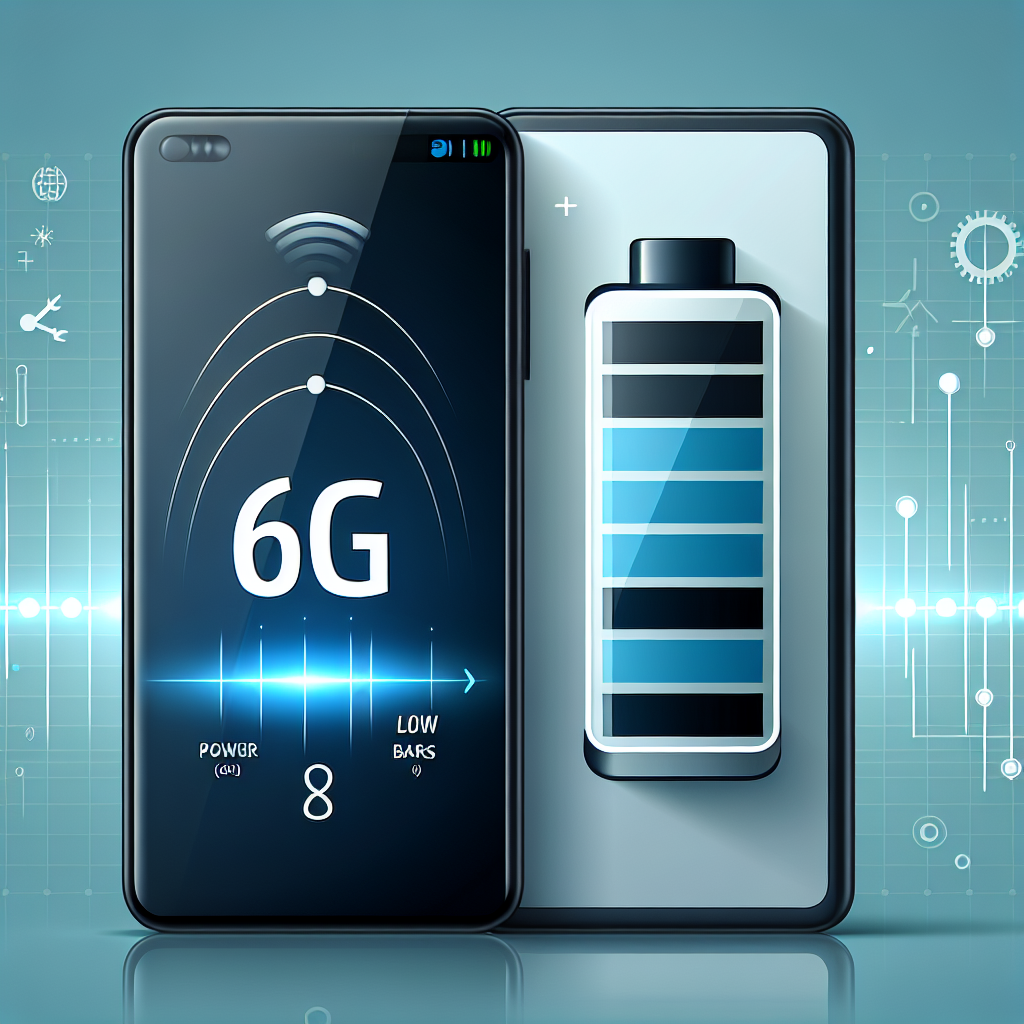6G Networks Expected to Dramatically Increase Smartphone Battery Drain

6G: The Next Generation of Mobile Networks
The advent of 6G technology is set to revolutionize mobile communications, promising unprecedented speed and connectivity. However, a recent claim by scientists has highlighted a critical potential drawback—significant battery drain. As the world catches a glimpse of the future with 6G, concerns about battery consumption are coming to the forefront, demanding the attention of both manufacturers and consumers.
The Promise and Perils of 6G
6G technology, anticipated to significantly surpass 5G in terms of speed and data handling capabilities, is expected to pave the way for groundbreaking applications ranging from real-time virtual reality to enhanced Internet of Things (IoT) integration and autonomous vehicles. This next generation of mobile network promises to support speeds of up to 1 terabyte per second, enabling rapid data exchanges that can transform industries.
However, according to several scientists, this leap in performance may come at a cost. Early research indicates that the energy demands of 6G are likely to substantially exceed those of its predecessors, leading to a rapid depletion of smartphone batteries. It is purported that leveraging 6G could consume phone batteries within just thirty minutes, a staggering reduction in battery longevity that poses a challenge for developers and designers of mobile devices.
Addressing the Challenge of Battery Efficiency
The impending battery drain issue necessitates innovative solutions to ensure the success and sustainability of 6G technology. Manufacturers are urged to focus on enhancing battery efficiency through advanced battery technologies and energy-saving modes that can accommodate the increased consumption by 6G networks. Solar charging options, fast-charging systems, and energy-efficient chipsets are among potential solutions that industry players are exploring.
Moreover, collaboration between network providers and hardware manufacturers is crucial to creating devices and infrastructure that harmonize with 6G's energy demands while maintaining usability and performance for end-users. 6G handset designs might have to adapt, incorporating larger batteries or auxiliary power solutions to cope with the higher power requisites.
The Future of Mobile Connectivity
While there are distinct hurdles that the mobile industry must overcome, the implementation of 6G represents a colossal step toward the future of telecommunications. As research progresses, ongoing dialogue between technologists, policymakers, and environmental advocates will be essential to developing sustainable ways to harness the power of 6G. Striking a balance between advancement and sustainability is not just beneficial—it's imperative for the ecosystem.
Ultimately, 6G's full potential extends beyond basic communication into arenas like remote healthcare, smart cities, and advanced robotics, which can drastically transform everyday life. Though challenges like battery efficiency remain, the drive toward these innovations showcases an exciting future where the limits of what was once thought possible continue to expand.



Comments ()